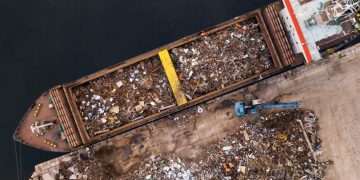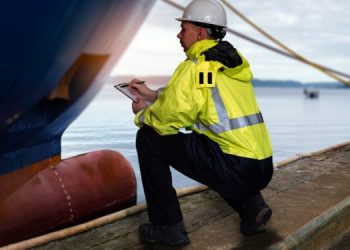Oceans with iron is an effective way to lock up CO2
 German researchers have re-ignited debate over geo-engineering by saying that “seeding” oceans with iron is an effective way to lock up CO2.
German researchers have re-ignited debate over geo-engineering by saying that “seeding” oceans with iron is an effective way to lock up CO2.
While the principle behind seeding is simple enough – the iron acts as a fertilizer for phytoplankton, which multiply and consume carbon dioxide as they grow – the topic is fiercely debated.
The core of the argument is also simple: it’s probably impossible to predict what other environmental impacts phytoplankton fertilization would have.
The researchers, led by Victor Smetacek from the Alfred Wegener Institute for Polar and Marine Research in Bremerhaven, are reporting the results of a 2004 experiment in Nature (discussion here, abstract here).
The team used a 60 km eddy in the Southern Ocean as the site for the experiment, scattering seven tonnes of iron sulphate particles which developed into a giant diatom plankton bloom. What the researchers are now reporting is that the majority of the bloom, when it died, sank to the deep ocean (below a depth of 1,000 meters).
The ocean is the world’s largest carbon sink, but much of the carbon captured remains close to the surface and is soon returned to the atmosphere. By capturing CO2 in organisms that sink to the deep ocean, the group says carbon could be sequestered at the bottom of the ocean for centuries.
If the dead phytoplankton became part of ocean-floor sediments, Smetacek writes, the sequestration could last even longer.
The problem is this: other impacts of geo-engineering – particularly on a scale sufficient to make an appreciable difference to the climate – are complete unknowns.
Hence, as AFP reports, British professor John Shepherd warns that the report “does not address the potential ecological side effects … in what is a poorly understood field.”
Smetacek is aware of the unanswered questions, and told Nature the Alfred Wegener Institute will not conduct any further fertilization experiments. Rather, he says, studies of natural blooms occurring around Antarctic islands could provide more information.
Source: Maritime Connector



























































